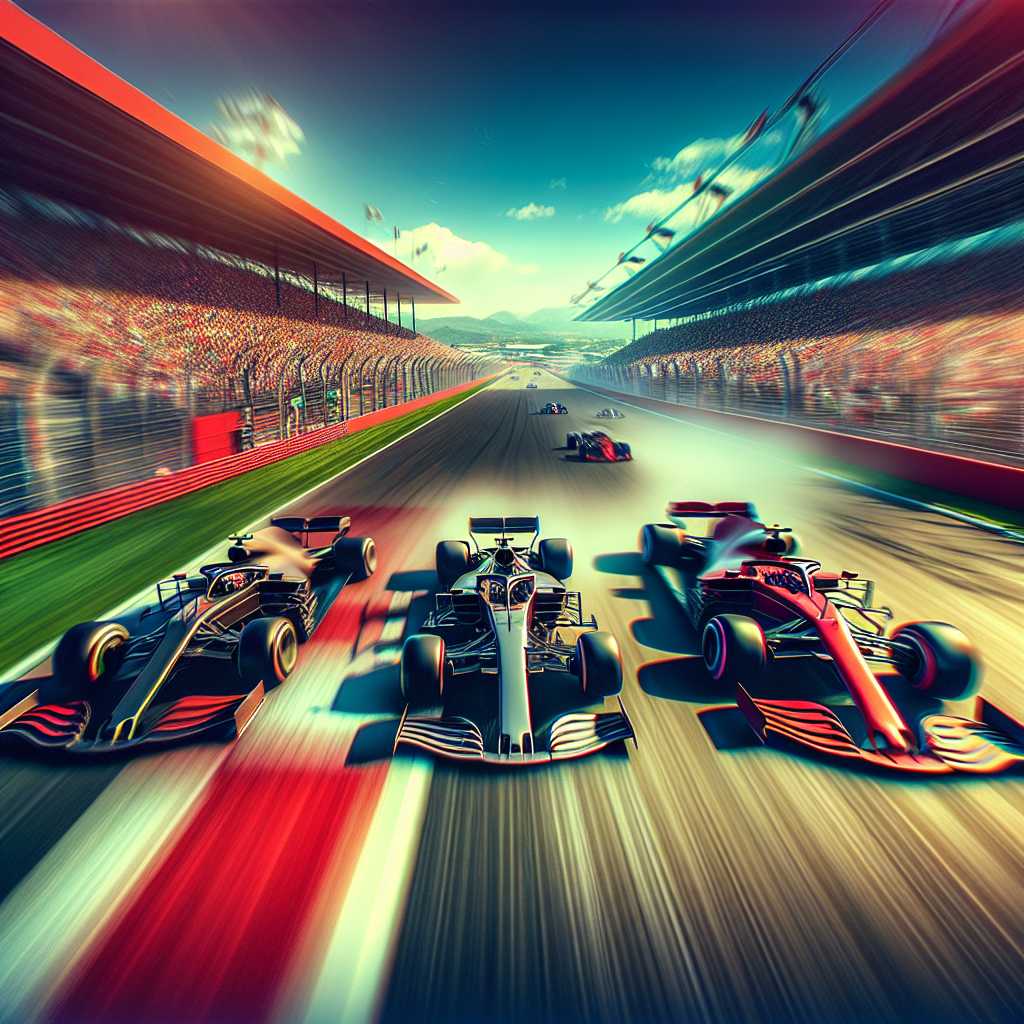The Thrilling World of Formula 1 Racing: Speed, Strategy, and Sophistication
Introduction to Formula 1 Racing
Formula 1, also known as F1, is the pinnacle of open-wheel, single-seater motorsport racing and is sanctioned by the Fédération Internationale de l’Automobile (FIA). This premier global racing series is noted for its high-speed contests, advanced engineering, prestigious teams and drivers, and a rich history that has captivated fans worldwide. It operates on varied tracks, including city streets, permanent circuits, and boasts a global footprint with races held across different continents.
History and Legacy of F1
F1 traces its roots to the European Grand Prix motor racing of the 1920s and ’30s. The modern-era Formula 1 began in 1950 with the inaugural championship race held at Silverstone in the UK. Since then, it has evolved through technological innovations, growing to become a significant sporting spectacle. The legacy includes legendary figures like Juan Manuel Fangio, Ayrton Senna, Michael Schumacher, and Lewis Hamilton who have become synonymous with excellence in motorsports.
Technological Sophistication in F1 Cars
Formula 1 cars represent the pinnacle of racing technology. Teams consisting of hundreds of engineers work meticulously to optimize every aspect of the car for performance. The vehicles are fine-tuned for aerodynamics, power units, hybrid energy systems, fuel efficiency, and tire performance. Innovations from F1 often trickle down to consumer vehicles, showcasing the sport’s contribution to automotive advancements.
Regulations and Governance
FIA as a governing body enforces strict regulations that dictate car design, team operations, and race procedures. These rules aim to ensure driver safety, promote fairness, and enhance competition while also pushing the boundaries of automotive technology. Over time, regulations evolve to meet new safety standards, emplace cost caps for fairer competition among teams, or shift the sport towards more sustainable practices like hybrids or fully electric systems.
The Global F1 Calendar and Iconic Tracks
Each season’s F1 calendar consists of multiple Grands Prix held around the world. Iconic tracks like Monaco’s Monte Carlo Circuit and Italy’s Monza have become legendary within the sport for their history and unique challenges they present to drivers. The evolution of the calendar reflects Formula 1’s global appeal and ambition to expand its reach by entering new markets.
The Dramatics of Race Day and Grand Prix Events
A Grand Prix weekend unfolds over several days starting with practice sessions, followed by qualifying which determines the starting grid order, culminating with race day where drivers battle over speed and tactics for championship points. Strategy plays an essential role in determining outcomes as teams navigate pit stops, tire choices, and variable weather conditions.
Teams and Drivers: The Face of F1
F1 is driven by big names: Scuderia Ferrari, Mercedes-AMG Petronas Formula One Team, Red Bull Racing, among others. Each team fields two cars with drivers who are amongst the most talented and well-conditioned athletes. These individuals not only need lightning-fast reactions but also immense physical endurance to withstand high G-forces over a race distance while making split-second decisions.
Economic Impacts and Commercial Side of F1
F1’s business model thrives on corporate sponsorships, broadcasting rights deals, race hosting fees, and merchandise sales. It provides significant economic impacts in hosting cities due to tourism influx thus leading to intricate relationships between sport promotion and local economies.
Future Directions: Sustainability and Evolution
The sport has been steering towards sustainable energies and continues adapting regulations that will require cars to be powered by eco-friendly sources without compromising the racing spectacle. Efforts are underway to ensure that F1 remains at the forefront of technological innovation while being responsible towards the environment.
Engaging the Fan Base: Media and Community
The way fans engage with Formula 1 has radically changed especially with digital platforms offering live streaming services. Social media allows behind-the-scenes access and interaction with drivers enhancing fan experiences. Additionally, initiatives like driving F1 in Schools STEM project adds a community-growth dimension by promoting engineering disciplines to students.
